Governance
The Board of Directors of The Gilbertine Institute utilizes Policy Governance to ensure clear definition of roles and responsibilities. Policy Governance, often referred to as the Carver method after its creator, John Carver, helps boards maintain strategic oversight and ensure accountability while empowering staff or operational leaders to manage day-to-day activities.
Key components of how The Gilbertine Institute Board employs Policy Governance:
1. Ends Policies
The Board focuses on defining Ends: the outcomes, benefits, or changes that the Institute should achieve for its beneficiaries. The Ends specify what results are to be accomplished, for whom, and at what cost. For the Gilbertine Institute, the Board defines these as specific goals related to the education, well-being, and development of the students they serve.
2. Executive Limitations
Rather than micromanaging operations, the Board sets Executive Limitations; boundaries within which the executive can operate. These limitations describe what methods or conditions are unacceptable for achieving the Ends. The goal is to give operational leaders freedom to innovate and manage, provided they don't breach the constraints defined by the Board.
3. Board-CEO Relationship
In the Policy Governance framework, the relationship between the Board and the CEO (the Head of School) is carefully defined. The Board speaks with one voice through its policies and sets clear expectations for the CEO’s performance. The CEO is accountable for delivering on the Ends policies and staying within the bounds of the Executive Limitations.
4. Governance Process
The Gilbertine Institute Board has a governance process that outlines how the Board functions, how it makes decisions, and how it holds itself accountable. This process ensures the Board remains focused on its key responsibilities, rather than drifting into operational matters. Key responsibilities include how Board members interact, develop policies, and evaluate their own performance.
5. Delegation to Management
The Board of The Gilbertine Institute delegates operational authority to the CEO through policy decisions rather than direct intervention. This means the Board does not dictate specific actions but establishes expectations and limits, ensuring that operational management aligns with the organization's mission and goals.
6. Monitoring Performance
The Board monitors the performance of the CEO or operational leaders by reviewing reports and assessments based on the pre-defined Ends and Executive Limitations policies. In this way, the Board ensures that the Institute achieves its objectives without overstepping ethical and practical boundaries set by the Board.
Through its practise of Policy Governance, the Gilbertine Institute Board remains focussed on strategic oversight, maintains accountability for the organization's mission, and enables management to handle day-to-day operations efficiently.
